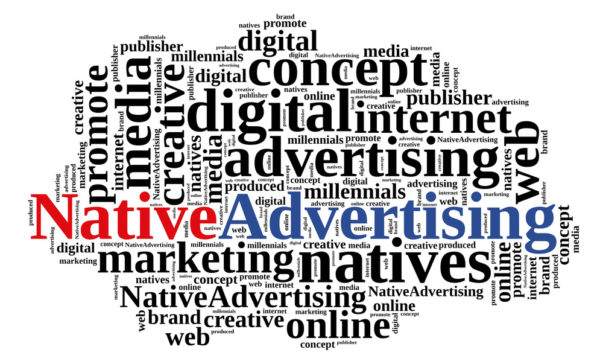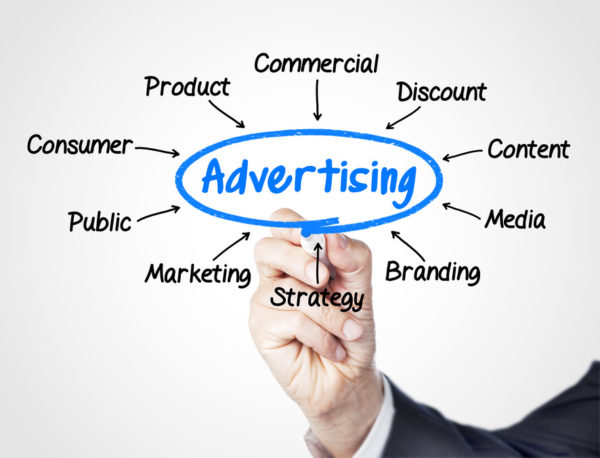Business Basics
When we pull up a webpage, the page in front of us appears to be a single, seamless webpage, seemingly created by a single computer. However, that page is actually the end product of several computers working in concert with each other. Together, these computers or servers, each provide content that is compiled to create the final webpage that a user sees.
Ad servers provide a specific set of advertisements to a web page. Websites provide content that draw an audience to a specific web page. Publishers monetize this content by running ads for companies looking to reach that audience. Those advertising spaces on the web pages begin as an empty space that are filled with the appropriate advertising only milliseconds before it loads. Ad servers make that selection possible.
In generic terms, each server has its own function. The publishing server provides the bulk of a webpage’s content. The ad server provides the specific advertisements that have been selected for that user at that moment. The function of an ad server is to place the most efficient advertisements in front of a user. The conversation between these computers is the function that creates the displayed webpage.
An ad server is a platform that stores information and manages the display of ads. It works in the background to determine which ad is selected through a process of analyzing the targeting criteria. The marketer has established these criteria and the performance goals of the campaign. In addition, ad servers provide a way to test which ads perform better, helping marketers optimize the campaign. Publishers, or content-producers, use ad servers to determine which advertiser will be promoted while advertisers use ad servers to select which specific ad from the campaign to show to each user.
Ad Server functions:
Ad servers provide several functions that make the marketing process convenient and efficient:
First, they allow marketers to specify which ads to run on which sites and provide them with an easy way to edit the creative elements. Instead of contacting every publisher to update an ad, the marketer can provide updates to a single server.
Secondly, they are useful in targeting advertisements based on user’s geographical location and time of day.
Third, ad servers let the marketer set a start and a stop time for a campaign. This time-limit is then used in the algorithm that determines which ads will be shown.
Finally, ad servers provide all the statistical reporting of performance in one place, making it easier to analyze than getting several reports from different websites.
How ad servers assist agencies and clients:
A person at the marketing agency, called a trafficker, will upload the ads onto the ad server before listing the ad space their buyer has reserved and the specific targeting criteria. The ad server will store this information and provide the trafficker with an ad tag (an HTML code) for the trafficker to send to the publishers. When the publishers decide to serve the tag, the ad server is called upon and selects the most relevant ad to pick based on the criteria. It takes into account the format of the ad (banner, mpu, etc), how many impressions, and how much time is left, amongst other factors. After the ad is published, the server tracks the impression and any associated clicks to establish how people are responding to the ad.
Several ad server systems are available for your business. The system you select will be determined by a number of factors including your products, market share, budgets, and other variables. Ad servers aid marketers by making trillions of decisions a year at a speed difficult to comprehend. The process is as complex as it is effective. The end result is a crafted page that loads in a blink of an eye.
Unlike print, websites allow for the ads that appear on a page to change based on who’s viewing it. This advantage makes online advertising a customizable and more cost-efficient experience. It allows marketers to bypass some of the steps in the purchase decision chain by targeting people closer to the end of it. The better you understand the function of an ad server, the more you’ll understand the process of placing an advertisement online.
If you want to discuss your online advertisement needs and budget. then contact us now.






























